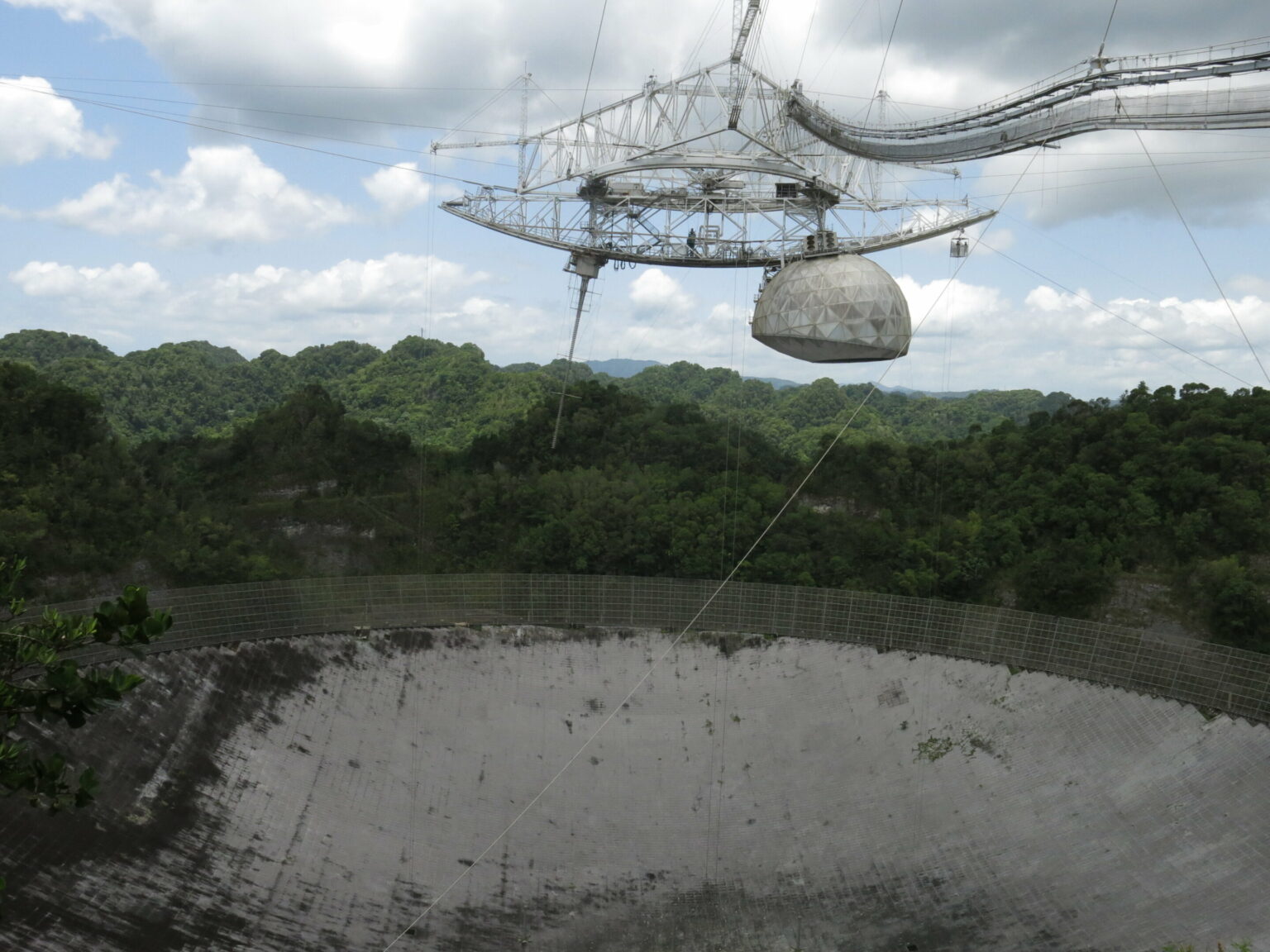The Arecibo radio telescope, which was severely damaged by the 2020 hurricane, would not be restored. Instead, an educational center will be built in its place, which will allow local youth to join the development of modern technologies.

The fate of the Arecibo Telescope
On Thursday, October 13, the US National Science Foundation (NSF) announced that the giant Arecibo radio telescope on the island of Puerto Rico will not be restored after it was damaged during the hurricane of 2020.
The giant plate with a diameter of 305 meters has allowed many scientists to conduct their research for 57 years. Many have personal feelings associated with it. But its restoration is associated with significant risks and requires a lot of funds. And American scientists now have many other tools that compensate for the absence of this, once the largest radio telescope on the planet.
Over the years, Arecibo has become not only an important astronomical instrument, but also a cultural asset of all mankind. This is what the message to extraterrestrial civilizations was sent into space on November 16, 1974. The telescope appeared in the films “Contact” and “Golden Eye”.
What happened in 2020 is still completely unknown. There are reports that there is a significant human factor in the fact that Arecibo is completely out of order. But, according to NSF representatives, the investigation into this matter is still ongoing.
New educational center
At the same time, NSF is not going to completely leave this important center. An application has already been submitted for USD 5 million to create a powerful educational center in this place. It will promote programs and partnerships related to science, technology, engineering and mathematics.
At the same time, the center will not only give young people access to this knowledge, but will also create conditions for employment in relevant industries. In the future, a significant part of NSF’s attention will be devoted to these programs.
In addition, the foundation continues to fund research at some Arecibo Observatory facilities that are still operational. In particular, they will continue to use Lidar with a 12-meter antenna, with which they study the Earth’s atmosphere.
According to phys.org
Follow us on Twitter to get the most interesting space news in time
https://twitter.com/ust_magazine
